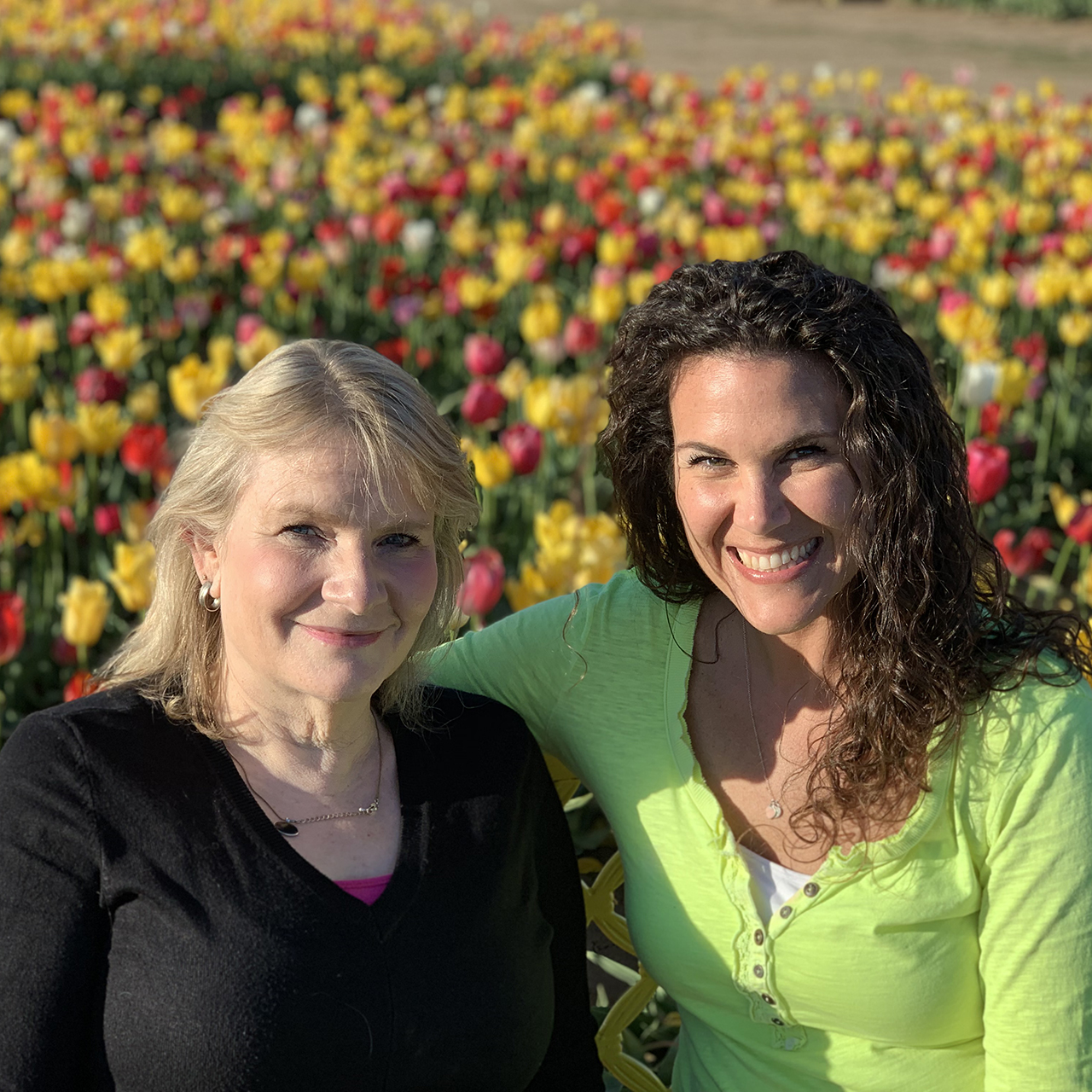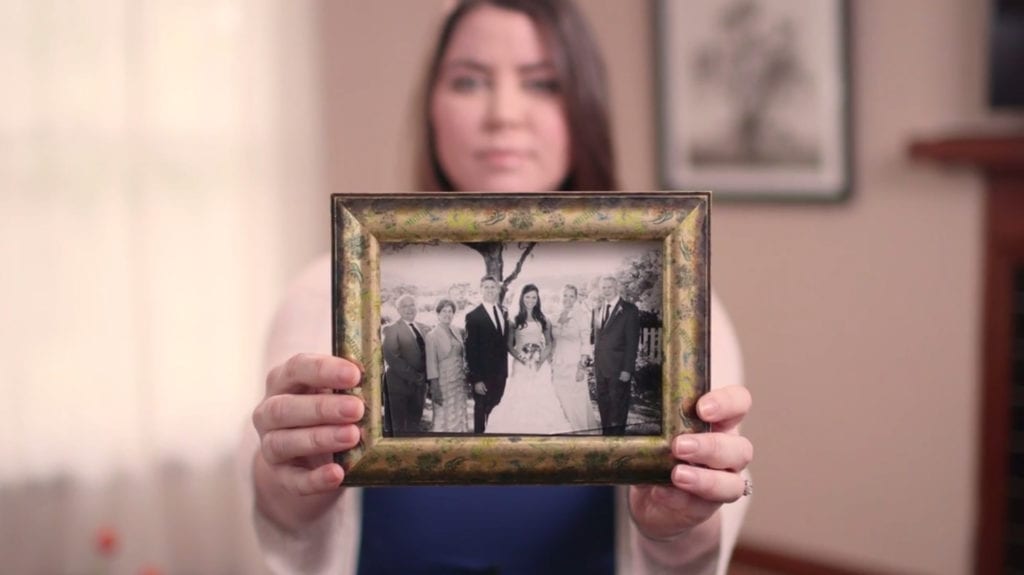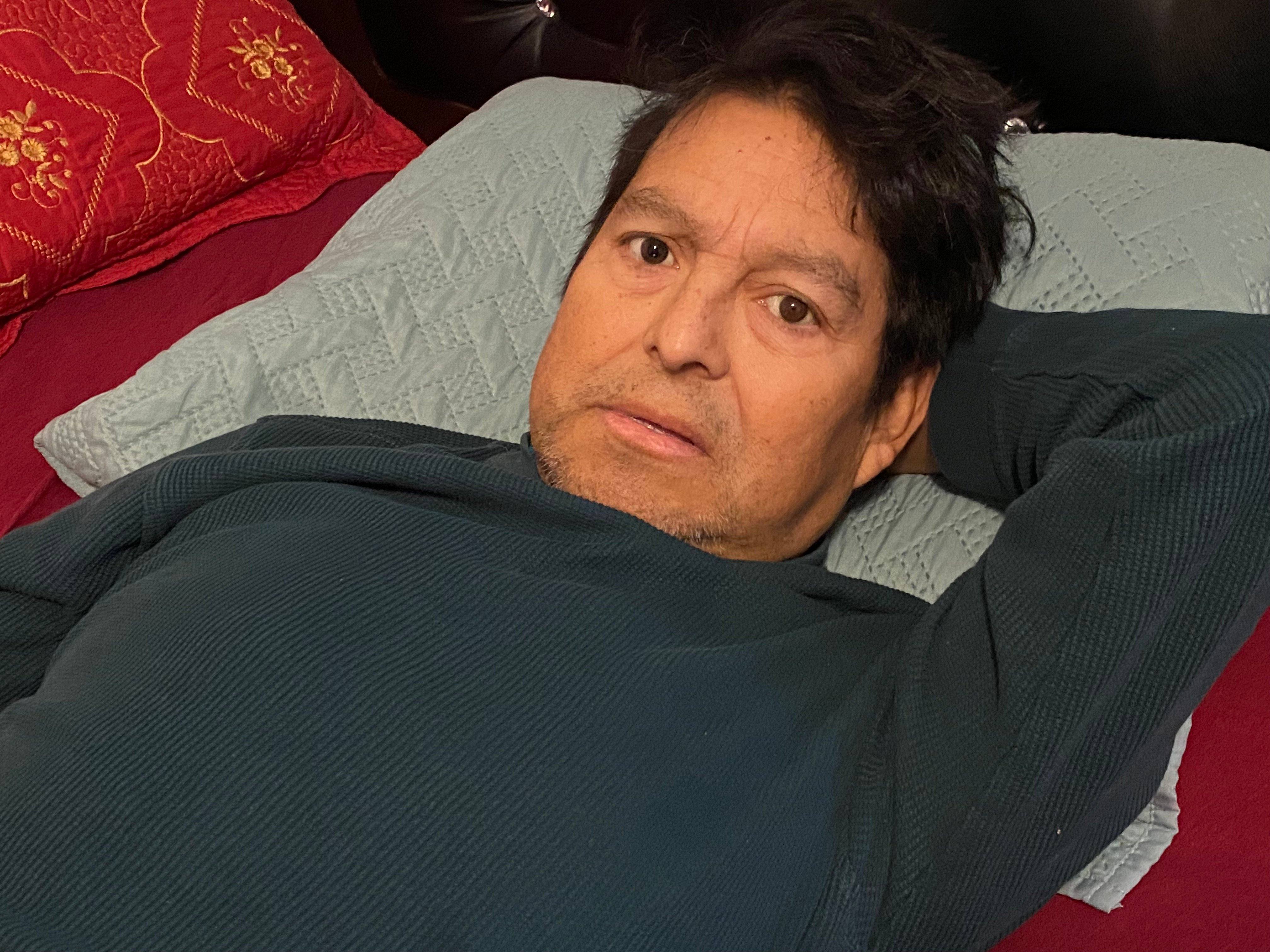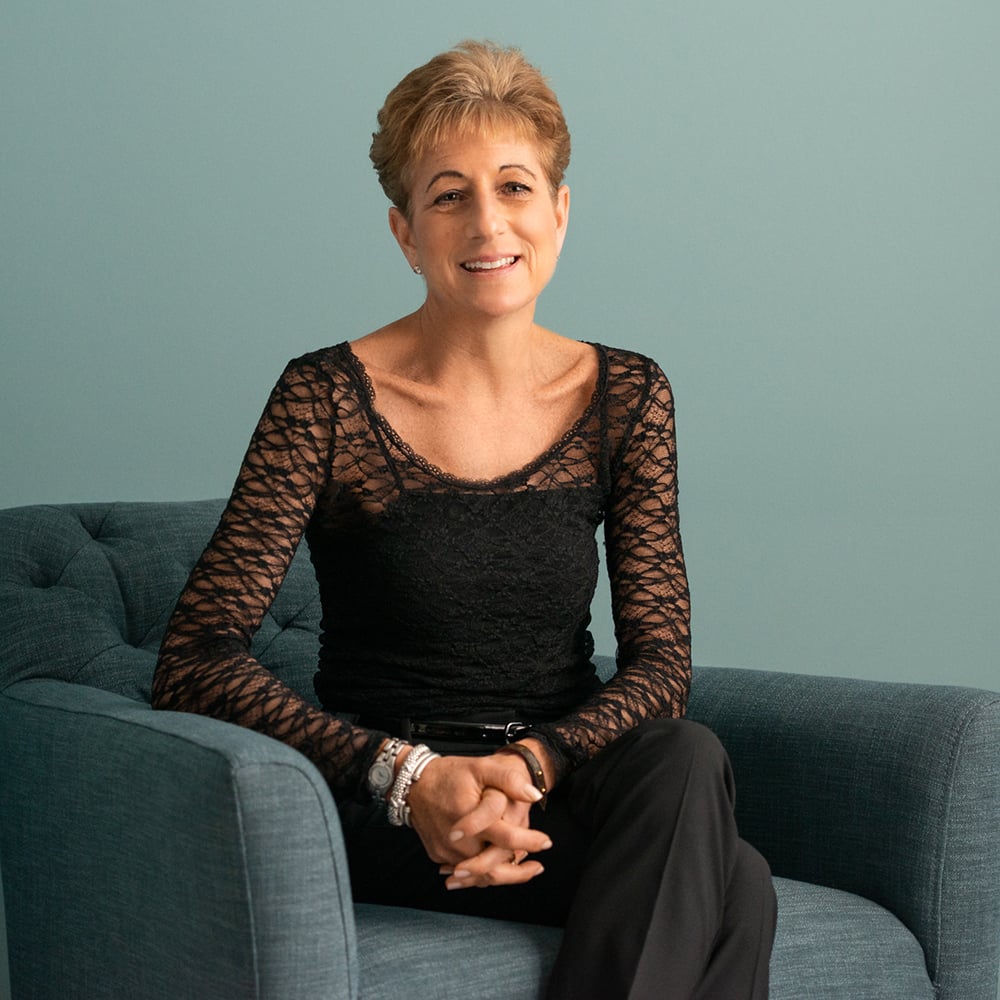Angie shared her story in November of 2021.
It’s a strange thing to know the date of your loved one’s death before they die. This has been the case for me twice: once in July 2007 when my step-grandfather Roger chose to use Oregon’s medical aid-in-dying option to end his suffering from terminal cancer, and again in April 2020 when my beloved aunt Brenda decided to use medical aid in dying following the recurrence of her leukemia.
Roger was a total ham, a larger-than-life character. He was always seeking a way to talk to people — so much so that he would call up talk show hosts at 2 a.m. because there was nobody else to listen to him at that time of night. Our family went on a sailing trip to the Virgin Islands with him when I was a teenager, and he made the best boat companion, charismatic and funny, a teller of great stories. He was excited to make waves in the world.
Roger’s cancer eventually metastasized, and by 2007, at age 83, he knew his illness was terminal.
For Roger, the decision to use medical aid in dying was very practical: He wanted to choose when and how he died, and he didn’t want to wait until he was done suffering. He talked with all of us about his decision in the same matter-of-fact way he had arrived at it, and we supported him in that decision.
The day Roger had chosen for taking his medication came. Although we hadn’t planned for it to be a big party, so many people showed up. He loved it. He was holding court and toasting the voters of the state of Oregon for allowing him the option. For the rest of us, it was an odd thing attending a planned death; that’s not something most people will ever do. At the same time, I couldn’t imagine not being there to witness such a monumental act.
Luckily for us, in the last few weeks of Roger’s life he had gotten in touch with Compassion & Choices, which connected us with Sue, a volunteer who had started her own nonprofit, End of Life Choices Oregon, to provide support in-person. Sue was our shepherd that day, very calmly and pragmatically guiding us through the process. Sue also happened to mention that she’d heard about a documentary being made on medical aid in dying, and Roger said he was interested in participating.
I ended up being the one with the home video camera recording Roger’s final moments. He was more than happy to play it up in those last minutes, singing himself to sleep. It was very beautiful for our family, very much the way Roger wanted it to be. I remember realizing that death doesn’t have to happen in a hospital, and it doesn’t have to be tragic.
The footage of Roger went on to become the first five minutes of the award-winning documentary How to Die in Oregon. No one really wants their death on screen, but Roger would have been thrilled. For someone who was such a ham, it was the best legacy possible.
Thirteen years later, my family again faced hard news, and this time it was unexpected: My aunt Brenda’s leukemia was back after being in remission for 12 years. At first we had hope — my mom was going to be her bone marrow donor and was a perfect match. Then my aunt got an infection, and her body just couldn’t fight it.
It was March 2020, right as the world was shutting down in an effort to stop the COVID-19 pandemic. Stuck in the hospital, in pain, being fed more and more drugs, Aunt Brenda was finally told that even if she recovered from her infection, went through with the bone marrow transplant and endured the subsequent mandated isolation for 100 days, her chances of survival were 20%. So she just said, “No. I’m done.”
When she told us about her decision to use medical aid in dying, I had to do a bit of mental gymnastics to switch from “I’m supporting you in your sickness” to “I’m supporting you in your decision.” She was only 60 years old, in contrast to Roger, who had lived to his 80s. But I knew I didn’t want her to suffer anymore.
Aunt Brenda had hidden her fight for so long, so well and so bravely. She was my “heart aunt” — we were really close, both very passionate and extroverted, and we talked every day. For 20 years she hosted a Monday night dinner every week with our family, and her dinner table saw many great conversations and lots of games. She was our rock. She was also beloved by her students at Portland State University, which named a teaching excellence award in her honor.
My aunt’s final moments were different from Roger’s. Because of the pandemic, Sue couldn’t be there in person, and that was really hard. But she was on speaker phone, and we also had a meditation guru and a hospice nurse present, in full personal protective equipment due to COVID. The nurse had never witnessed a medical aid-in-dying death before. He said that it was a beautiful experience.
Brenda’s husband and daughter mixed the medication. They wanted to give it to Brenda with apple juice, but she said she preferred to drink it straight. She took it, and then chased it with a single spoonful of honey. We said our goodbyes, did some meditations, and she fell asleep pretty quickly. The rest of us sat together holding hands. One hour and 34 minutes later, she was gone.
Although Roger’s and Aunt Brenda’s last moments were different due to COVID, what both of them represent to me is autonomy. Having the option of medical aid in dying is important and empowering for people who feel like they no longer have options. Once she was out of the hospital and back at home, my aunt became quite lucid and strong for her last couple of weeks; it was fascinating to see the strength that autonomy can return to someone.
It is a strange thing to know the date of your loved one’s death before they die, but it’s also powerful. Now, this is part of our family’s consistent ethos: When it’s time, it’s time.






